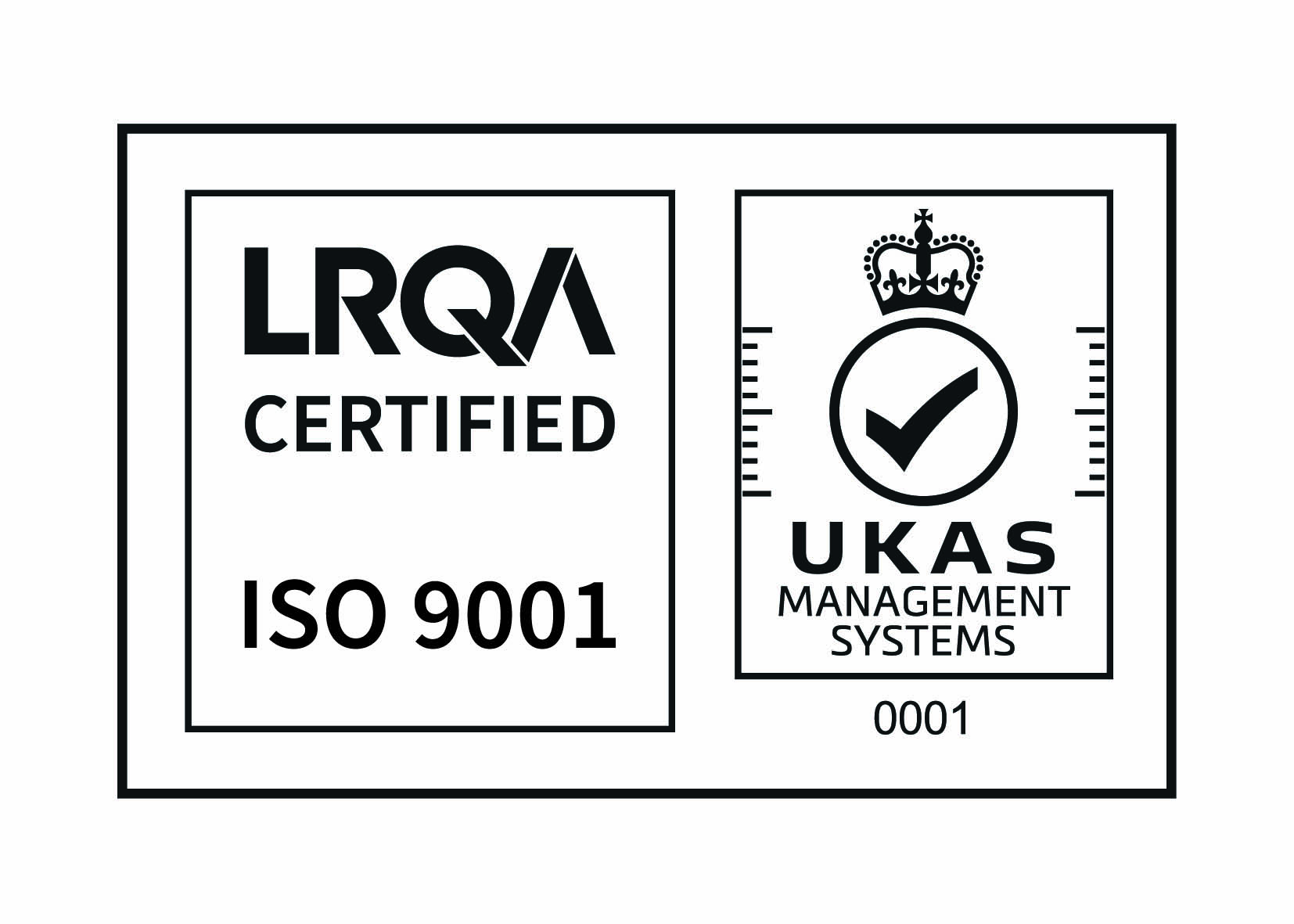Modi 2.0 – Defying Anti-incumbency
Dineshkumar Deenadayalan
Jun 6, 2019
The recently concluded 2019 Indian General Elections were the world’s largest general elections ever with an electoral turnout of about 67% and around 900 million eligible voters. The 2019 general elections were held to constitute the 17th “Lok Sabha or also known as the Lower House” forming the Indian Parliament, with the other known to be the “Rajya Sabha or the Upper House”.
On 23rd May 2019, the result of this monumental election witnessed the crushing victory of the Bharatiya Janata Party (BJP) led by Mr Narendra Modi, the current prime minister of India. Out of 545 seats in the Lok Sabha the Bharatiya Janata Party won 303 seats, and the BJP-led National Democratic Alliance (NDA) wona total of 353 seats. Securing a mandate, or a majority.
Following Modi’s victory, the Indian stocks sky rocketed as the investors waved gladly to this landslide victory and that of not having a fractured mandate and with the hope that Modi’s second tenure shall allow the government to push through various economic reforms providing stability to the Indian economy
Mr Modi had already attracted a huge number of foreign companies to invest in the “Make in India programme” when he became the Prime Minster in 2014. The increasing FDI flow had suddenly dropped last year due to the political uncertainty in the country. Now, the Foreign Direct Investment (FDI) is distinctly possible to increase with the return of the Modi led NDA government.
Investments in manufacturing,Defence, Railways, Airports, Agriculture,Infrastructure, Real estate and Consumer sector are slated to increase with the government offering the red carpet to manufaturers from various countries, including Japan and the United States to consider India as the manufacturing destination of choice over China.
A recent announcement by a US trade body stating that there were 200 American companies waiting on the sidelines till the elections were over before starting their efforts of investments into India. India already has a positive government to government link with the Japanese government and all this is bound to also increase relocation to India of executives of global multinational corpotrations, new Joint Ventures and many green field projects.
Various reforms and initiatives such as Digital India, Smart Cities and Start-up India, in addition to moderation of FDI regulations, have brought in many foreign investors to access India. For example, companies that have entered the Indian markets such as Amazon, Ikea and Walmart, Xiaomi and Samsung have established multiple facilities across the country.
Before June 3rd 2019, Mr Modi along with his other leaders shall present the list of new cabinet ministers and the elected leader of the NDA to the President of India Mr Ram Nath Kovind. Followingly which the 17th Lok Sabha shall be. The future welfare of this vast nation rests upon these elected delegates. Jai Hind.
Butter Chicken: A 40s Baby
Feb 19, 2024
The birthplace of butter chicken can be traced back to Delhi, India, in the late 1940s. Legend has it that the inception of this culinary masterpiece occurred...
Porbandar: The City That Gave Us the Mahatma
Feb 8, 2024
Nestled along the picturesque coastline of Gujarat, India, lies the captivating city of Porbandar. Known for its rich historical heritage, serene beaches, an...
Exploring the Delightful Burmese Dish: Atho
Jan 29, 2024
Burmese cuisine is a tapestry of flavors, blending influences from neighboring countries and creating unique and delightful dishes. One such delicacy that st...







